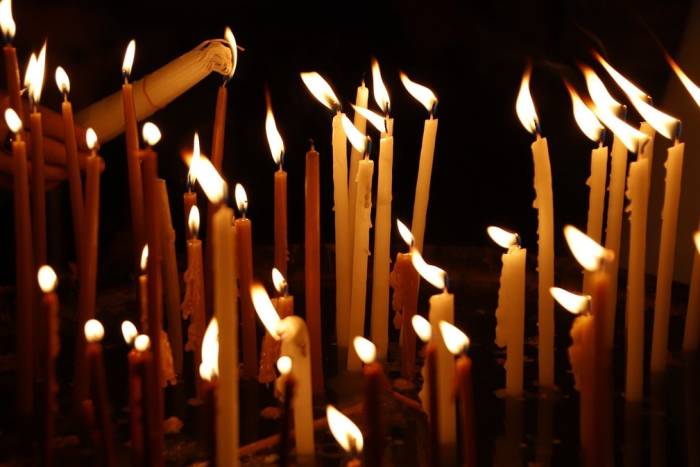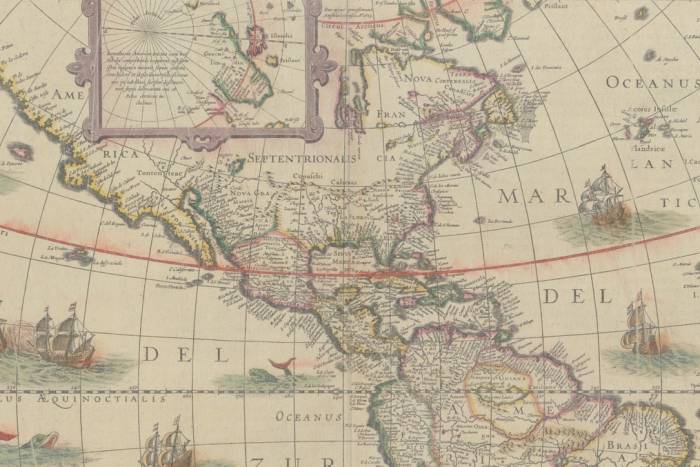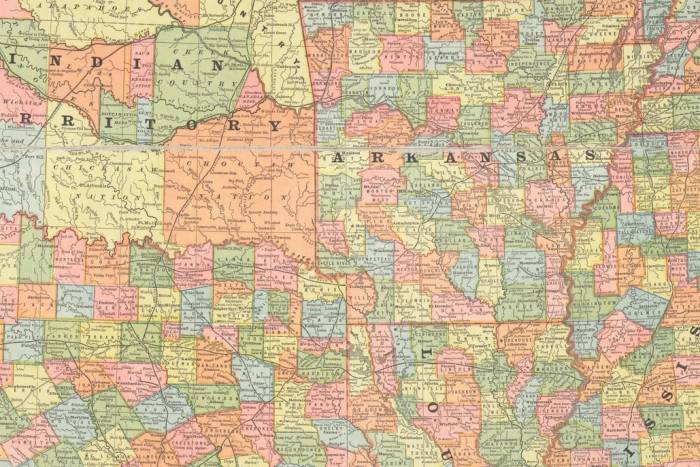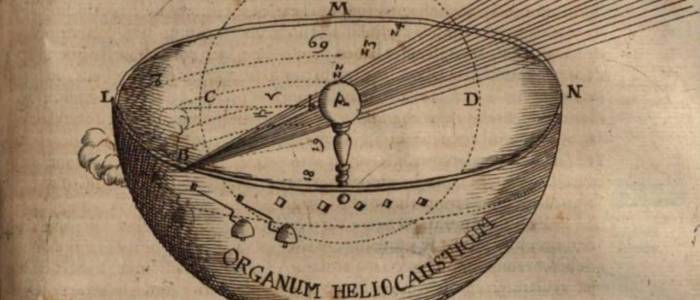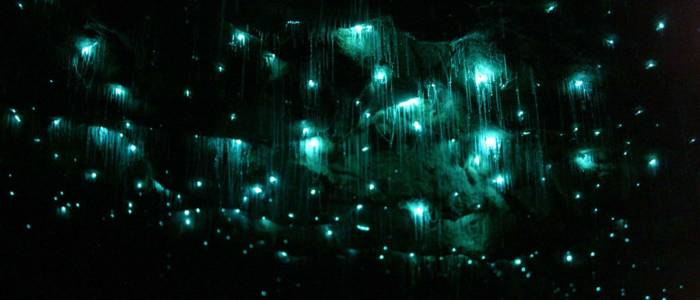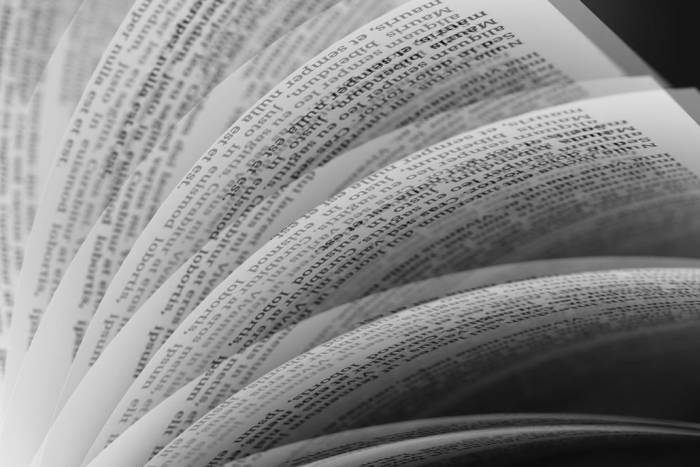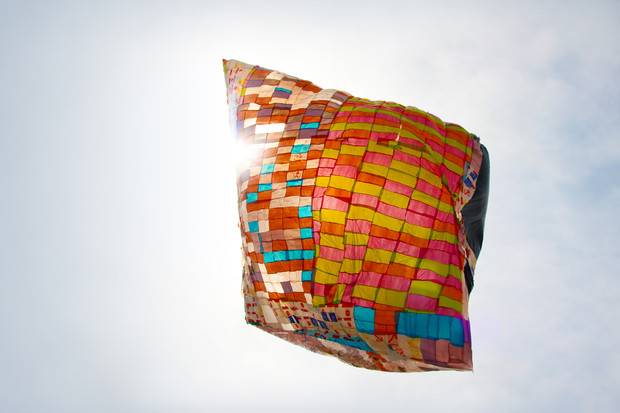Divination by Means of Maize
Many indigenous peoples of Mexico read the future by tossing grains of corn. Many indigenous peoples of Mexico read the future by tossing grains of corn.
The divining arts, essentially the reading of signals, have appealed to peoples all over the world. Each of them have used the resources at hand to predict (or to “pre-see” as Plato would say), the issues of concern to them. It’s logical that maize, the staple food of the Mesoamericans, and one considered even a sacred entity (only men “of the fourth sun” were worthy of eating it) was esteemed enough that it was propitious for predicting health issues and for providing forecasts of future events to the Mexica cosmic vision.
Divination by corn kernels is similar to tarot reading: the grains are cast into a certain pattern, and the results are interpreted according to a symbolic combination of the parts of the “roll.” The method could be called boleomancia (from the Greek, bole, “to throw”). Within Mexica cultures, dozens of techniques for mantic practices with corn are known, and most of this knowledge comes from codices like the Borbonicus, the Tudela and the Magliabechiano.
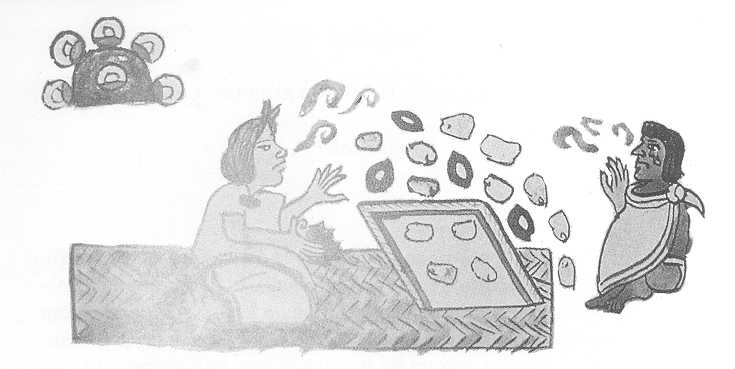
In modern Mexico, multiple indigenous groups still practice divination with corn. These peoples include the Nahua, Huastec, Mazatec, Tzotzil, Tlapanec, and Purepecha peoples to which could be added the Mixe, Zapotec and Yucatecan peoples. The variety of techniques can be explained in that many ethnic groups use grains of different colors, others throw the corn onto a white canvas, and still others will cast the corn into a basin of water. They’ll also often use different numbers of grains: for example, the Mixe people will cast 18, the Zapotecs between four and 100 and the Tlapanecos cast 22 to 40 or 60 seeds. Once selected, the corn kernels acquire a special virtue and are stored in bags for use in therapeutic rituals. Generally, a spell is performed before an altar, and these are performed by soothsayers uttering prayers and supplications.
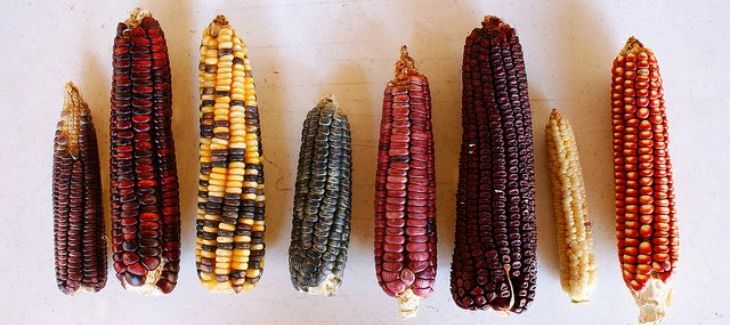
In a formidable study, Dr. Yolotl González Torres details the varying types of divination with corn kernels and their use throughout Mesoamerican cultures. We learn, for example, that all of the various techniques can be divided into two broad categories:
1. Dry Divination
By counting the kernels, the varying numbers will determine how the divination is carried out, and the corn may also be cast with seeds or even objects like crystals or fragments of archaeological artifacts.
2. Water Divination
Reading here is determined by whether kernels float or sink. Water divination can cover virtually all aspects of life, for finding lost or misplaced objects for example, but it’s especially relied upon for diagnosing diseases and recommending cures or healing processes.
The very selection of the kernels used can be important too. Specific cobs are kept for just that purpose and these may be the most plump, those with a specific number of rows of kernels, or those of specific colors, and so on.
The fascinating thing about these practices, which will apparently never be lost so long as corn grows in the fields, is the important role played by corn not only in the myths, the food and the Mexica identity, but also in the uncertainty that has plagued men since ancient times. To cast the corn is thus to roll the dice, because, according to the Popol Vuh, of corn is made man.
Related Articles
When ancient rituals became religion
The emergence of religions irreversibly changed the history of humanity. It’s therefore essential to ask when and how did ancient peoples’ rituals become organized systems of thought, each with their
Seven ancient maps of the Americas
A map is not the territory. —Alfred Korzybski Maps are never merely maps. They’re human projections, metaphors in which we find both the geographical and the imaginary. The cases of ghost islands
An artist crochets a perfect skeleton and internal organs
Shanell Papp is a skilled textile and crochet artist. She spent four long months crocheting a life-size skeleton in wool. She then filled it in with the organs of the human body in an act as patient
A musical tribute to maps
A sequence of sounds, rhythms, melodies and silences: music is a most primitive art, the most essential, and the most powerful of all languages. Its capacity is not limited to the (hardly trivial)
The enchantment of 17th-century optics
The sense of sight is perhaps one the imagination’s most prolific masters. That is why humankind has been fascinated and bewitched by optics and their possibilities for centuries. Like the heart, the
Would you found your own micro-nation? These eccentric examples show how easy it can be
Founding a country is, in some ways, a simple task. It is enough to manifest its existence and the motives for creating a new political entity. At least that is what has been demonstrated by the
Wondrous crossings: the galaxy caves of New Zealand
Often, the most extraordinary phenomena are “jealous of themselves” ––and they happen where the human eye cannot enjoy them. However, they can be discovered, and when we do find them we experience a
Think you have strange reading habits? Wait until you've seen how Mcluhan reads
We often forget or neglect to think about the infinite circumstances that are condensed in the acts that we consider habitual. Using a fork to eat, for example, or walking down the street and being
The sky is calling us, a love letter to the cosmos (video)
We once dreamt of open sails and Open seas We once dreamt of new frontiers and New lands Are we still a brave people? We must not forget that the very stars we see nowadays are the same stars and
The sister you always wanted (but made into a crystal chandelier)
Lucas Maassen always wanted to have a sister. And after 36 years he finally procured one, except, as strange as it may sound, in the shape of a chandelier. Maassen, a Dutch designer, asked the

